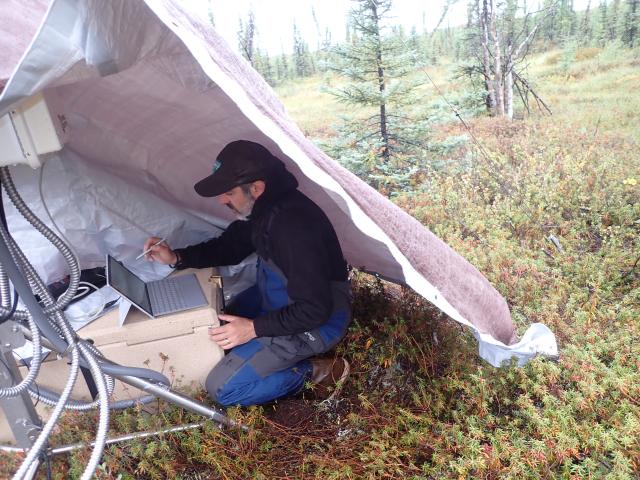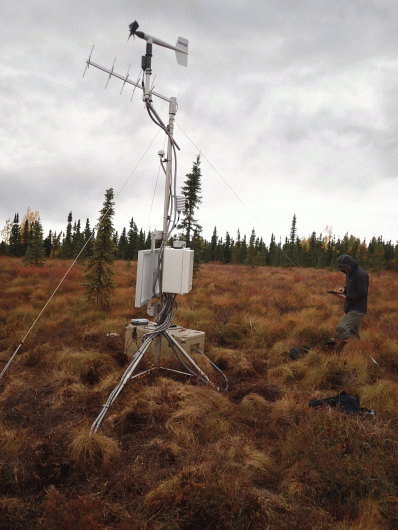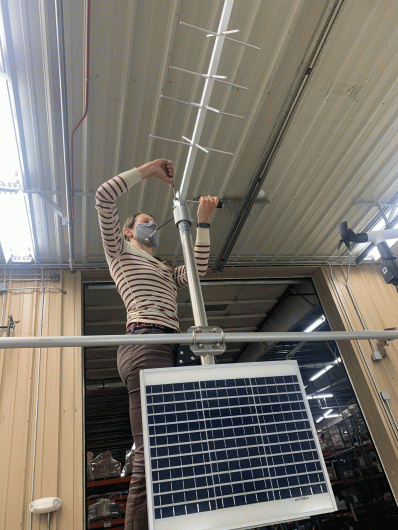Related Stories
- Air Quality Monitoring in Alaska: BLM and Alaska DEC add three new monitoring systems to state’s pollution measurement network
- Reclaiming mining’s legacy in Alaska’s Fortymile River
- Stewarding lands along the South Fork Koyukuk River - Central Yukon Field Office’s Multidisciplinary Team Float Trip
- Neil Hamada steps into new role as Off-Highway Vehicle Travel Management Lead for BLM California
- Explore exciting river activities on BLM Arizona-managed public lands
Office
222 W 7th Avenue #13
Anchorage, AK 99513
United States
Phone:





